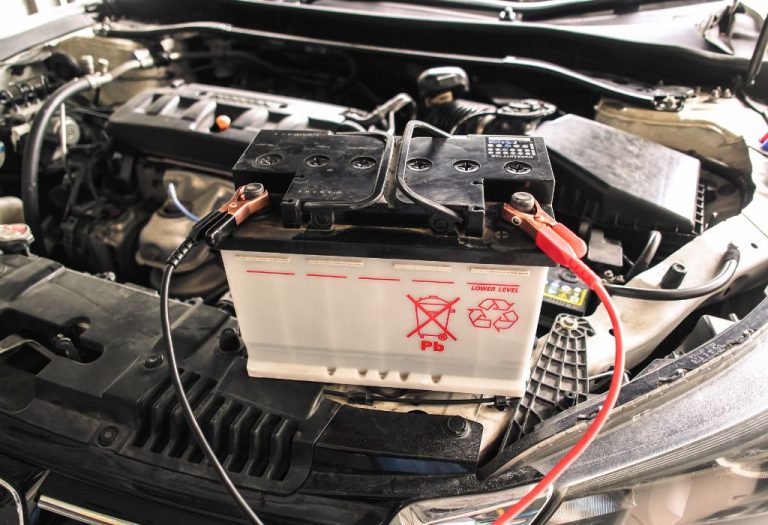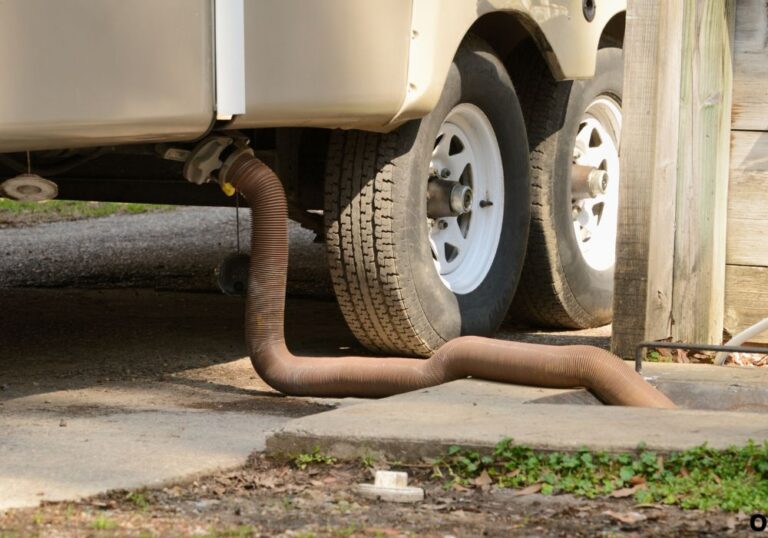Are RV Toilets Supposed to Hold Water Normally?
The moment a traveller steps into the bathroom of their mobile home, a simple question can arise: should that little pool of water in the bowl really be there, or is something wrong? For owners of recreational vehicles, the plumbing setup is quite different from a household toilet. Every component — from the flush valve seal to the holding tank — plays a role in how water behaves inside the bowl.
More than half of RV maintenance calls relate to waste-system issues such as leaks, odors, and faulty seals. The water level inside the bowl is not a trivial detail; it acts as the main defense against foul smells and bacteria.
Whether parked for a weekend trip or traveling long distances, understanding whether an RV toilet should hold water — and how much — can prevent expensive repairs and unpleasant experiences. A small layer of water serves a big purpose, keeping odors out, lubricating the seal, and ensuring your RV bathroom functions as intended.
In this guide, we’ll explain what “holding water” really means, how to maintain the proper level, and what to do when your RV toilet bowl can’t keep water in place.
What “Holding Water” Means in an RV Toilet

When people ask “are RV toilets supposed to hold water,” they’re really asking how this compact plumbing system manages odor control while conserving space and resources. Unlike household toilets that use a P-trap, most RV toilets sit directly over the black water tank and rely on a flush valve seal to retain water in the bowl.
The phrase “holding water” simply refers to the small layer of clean water left in the bowl after flushing. This water acts as a barrier that keeps gases and odors from escaping the black tank into the RV interior.
Maintaining this layer ensures a tight seal, minimizes smell, and prevents the rubber components from drying out. If water consistently drains away, it’s a clear sign the seal may be worn or leaking.
Why does an RV toilet need to hold water at all?
Because that water forms a vapor barrier, preventing sewer gases from entering the RV living space.
How is it different from a home toilet?
Home toilets trap water in a P-shaped pipe, but RV toilets rely on a flush valve seal to retain water in the bowl itself.
Is it normal if the water disappears after a few hours?
No — it usually means the seal is leaking or debris is preventing it from closing properly.
Can temperature affect how long water stays in the bowl?
Yes, evaporation can occur in high heat, but quick loss of water often points to a mechanical issue.
What type of RV toilets usually hold less water?
Cassette and low-flush gravity toilets are designed to use minimal water, so they hold only a thin layer in the bowl.
Are RV Toilets Supposed to Hold Water — Practical Guidelines
Yes, RV toilets are supposed to hold some water, but not as much as residential toilets. The right amount is typically two to three inches — enough to create a seal against odors without stressing the flush valve.
Too much water can cause spills while driving, while too little can lead to dry seals and unwanted smells. A balanced water level ensures efficient flushing and prevents buildup inside the black tank.
Should the bowl of an RV toilet always be full of water?
No, it should hold just enough to create an odor barrier and allow waste to move freely.
How much water is enough?
Two to three inches of water in the bowl is generally ideal for most RV models.
What happens if there’s no water in the bowl?
Without water, gases and bacteria rise from the black tank, and seals can dry out quickly.
Is it safe to leave water in the bowl while driving?
It’s best to minimize water before travel to avoid sloshing or leaks.
If the bowl loses water, is it always a problem?
Usually yes — consistent loss indicates a seal or valve issue that should be inspected.
Common Problems When the Bowl Fails to Hold Water
A toilet bowl that won’t retain water signals one of several common issues. The flush valve seal may have dried, cracked, or become blocked by mineral deposits. Even small imperfections in the seal can cause the water to leak into the black tank.
Odor problems also appear when the bowl cannot maintain water. The missing barrier allows gases to escape, creating a bad smell throughout the RV.
Why might an RV toilet bowl stop holding water?
Because the seal has deteriorated or debris prevents the valve from closing completely.
How does odor relate to water not staying in the bowl?
When water drains out, the odor barrier is lost and sewer gases can rise freely.
Can driving with too much water cause issues?
Yes — vibration and movement can break the seal or cause leaks.
Are clogs more likely when the bowl doesn’t hold water?
Yes — waste may stick to a dry bowl, increasing the risk of clogs and buildup.
What maintenance issues should be checked regularly?
Inspect the seal, flush pedal, and flange, and keep the mechanism clean and lubricated.
How to Ensure Your RV Toilet Holds Water Properly

Routine care is the best way to prevent leaks and maintain water retention. Regularly cleaning the seal with mild soap and applying a silicone lubricant keeps it flexible and watertight.
Before each use, fill the bowl with a small amount of water to aid flushing. When parked for long periods, always leave a thin layer of water to keep the seal from drying.
What is a good maintenance routine?
Before each trip, test the seal, add a few inches of water, and lubricate the valve once a month.
How often should the flush valve seal be replaced?
Replace it yearly or whenever you notice leaks or cracks.
What kind of toilet paper should be used?
Use only RV-safe toilet paper that breaks down quickly to prevent clogs.
Should I leave water in the bowl when parked?
Yes — a small amount helps preserve the seal and prevent odors.
Can tank pressure affect the bowl’s ability to hold water?
Yes — if the black tank valve is open or sensors are faulty, it can cause backflow or air pressure issues.
Special Scenarios and What to Watch For
RV living introduces unique conditions that affect the toilet system. Boondocking, cold weather, and storage all impact how water behaves inside the bowl.
When conserving water off-grid, be careful not to eliminate the bowl’s water layer completely. During winter storage, drain the system and use RV antifreeze to prevent freezing damage.
Is it okay to minimize water when boondocking?
Yes, but never let the bowl go completely dry — it risks odor and seal failure.
What should be done before driving?
Flush and reduce water to a thin layer to prevent movement during travel.
How does winter storage affect this system?
Frozen water can crack seals, so drain the bowl or use RV antifreeze in cold climates.
Does the toilet type matter?
Yes — gravity and cassette toilets differ in bowl design and water capacity.
What are signs that the water level is too low?
A strong odor, dry seal, or gurgling noise from the tank indicate low water or leaks.
Conclusion
So, are RV toilets supposed to hold water? Yes — but only enough to form a proper seal and keep odors out. That thin water layer is essential for cleanliness, comfort, and the health of your RV’s plumbing system.
Regular maintenance, correct water levels, and the right products ensure your toilet stays functional trip after trip. Keeping this small detail in check can make your entire RV experience smoother and more pleasant.
I’m David R. Coleman, the founder, lead writer, and lifelong tool enthusiast behind GarageToolPro.com. With years of experience in automotive repair, woodworking, and home DIY projects, I created this platform to share practical tips, detailed tool reviews, and step-by-step guides that help mechanics, hobbyists, and homeowners get the job done right the first time.






